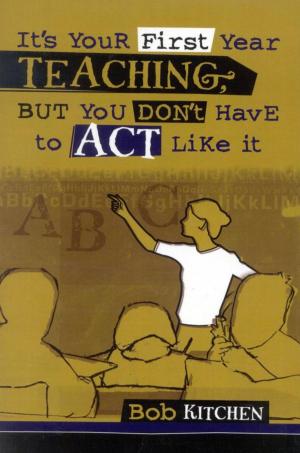Leonardo and Steve: The Young Genius Who Beat Apple to Market by 800 Years
Biography & Memoir, Reference| Author: | Keith Devlin | ISBN: | 9781452407593 |
| Publisher: | Keith Devlin | Publication: | July 7, 2011 |
| Imprint: | Smashwords Edition | Language: | English |
| Author: | Keith Devlin |
| ISBN: | 9781452407593 |
| Publisher: | Keith Devlin |
| Publication: | July 7, 2011 |
| Imprint: | Smashwords Edition |
| Language: | English |
In this short e-book (about 14,000 words), Stanford mathematician and NPR's "Math Guy" Keith Devlin Ph.D. presents the fascinating similarities between 13th Century mathematician Leonardo of Pisa, more commonly known as Fibonacci, and Steve Jobs, the 20th Century founder of Apple computers.
In 1202, 32-year old Italian Leonardo of Pisa finished one of the most influential books of all time, which introduced modern arithmetic to Western Europe. Devised in India in the 7th and 8th centuries and brought to North Africa by Muslim traders, the Hindu-Arabic system helped transform the West into the dominant force in science, technology, and commerce, leaving behind Muslim cultures which had long known it but had failed to see its potential. Leonardo had learned the Hindu number system when he traveled to North Africa with his father, a customs agent. The book he created was Liber Abbaci, the "Book of Calculation," and the revolution that followed its publication was enormous. Arithmetic made it possible for ordinary people to buy and sell goods, convert currencies, and keep accurate records of possessions more readily than ever before. Liber Abbaci's publication led directly to large-scale international commerce and the scientific revolution of the Renaissance.
In "Leonardo & Steve," Devlin shows the uncanny parallels between Leonardo's arithmetic revolution that took place in Tuscany in the Thirteenth Century and the one that began in California's Silicon Valley in more recent times. It is a story about the personal computing revolution that occurred in the 1980s, but with the novel twist that it was actually history repeating itself.
Also included is a special preview, the first chapter of Keith Devlin's book "Man of Numbers: Fibonacci's Arithmetic Revolution" (Walker/Bloomsbury).
In this short e-book (about 14,000 words), Stanford mathematician and NPR's "Math Guy" Keith Devlin Ph.D. presents the fascinating similarities between 13th Century mathematician Leonardo of Pisa, more commonly known as Fibonacci, and Steve Jobs, the 20th Century founder of Apple computers.
In 1202, 32-year old Italian Leonardo of Pisa finished one of the most influential books of all time, which introduced modern arithmetic to Western Europe. Devised in India in the 7th and 8th centuries and brought to North Africa by Muslim traders, the Hindu-Arabic system helped transform the West into the dominant force in science, technology, and commerce, leaving behind Muslim cultures which had long known it but had failed to see its potential. Leonardo had learned the Hindu number system when he traveled to North Africa with his father, a customs agent. The book he created was Liber Abbaci, the "Book of Calculation," and the revolution that followed its publication was enormous. Arithmetic made it possible for ordinary people to buy and sell goods, convert currencies, and keep accurate records of possessions more readily than ever before. Liber Abbaci's publication led directly to large-scale international commerce and the scientific revolution of the Renaissance.
In "Leonardo & Steve," Devlin shows the uncanny parallels between Leonardo's arithmetic revolution that took place in Tuscany in the Thirteenth Century and the one that began in California's Silicon Valley in more recent times. It is a story about the personal computing revolution that occurred in the 1980s, but with the novel twist that it was actually history repeating itself.
Also included is a special preview, the first chapter of Keith Devlin's book "Man of Numbers: Fibonacci's Arithmetic Revolution" (Walker/Bloomsbury).















